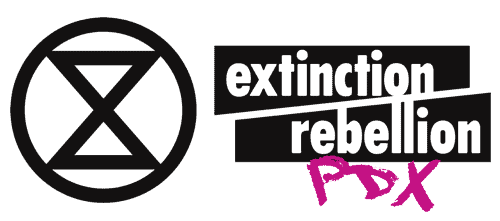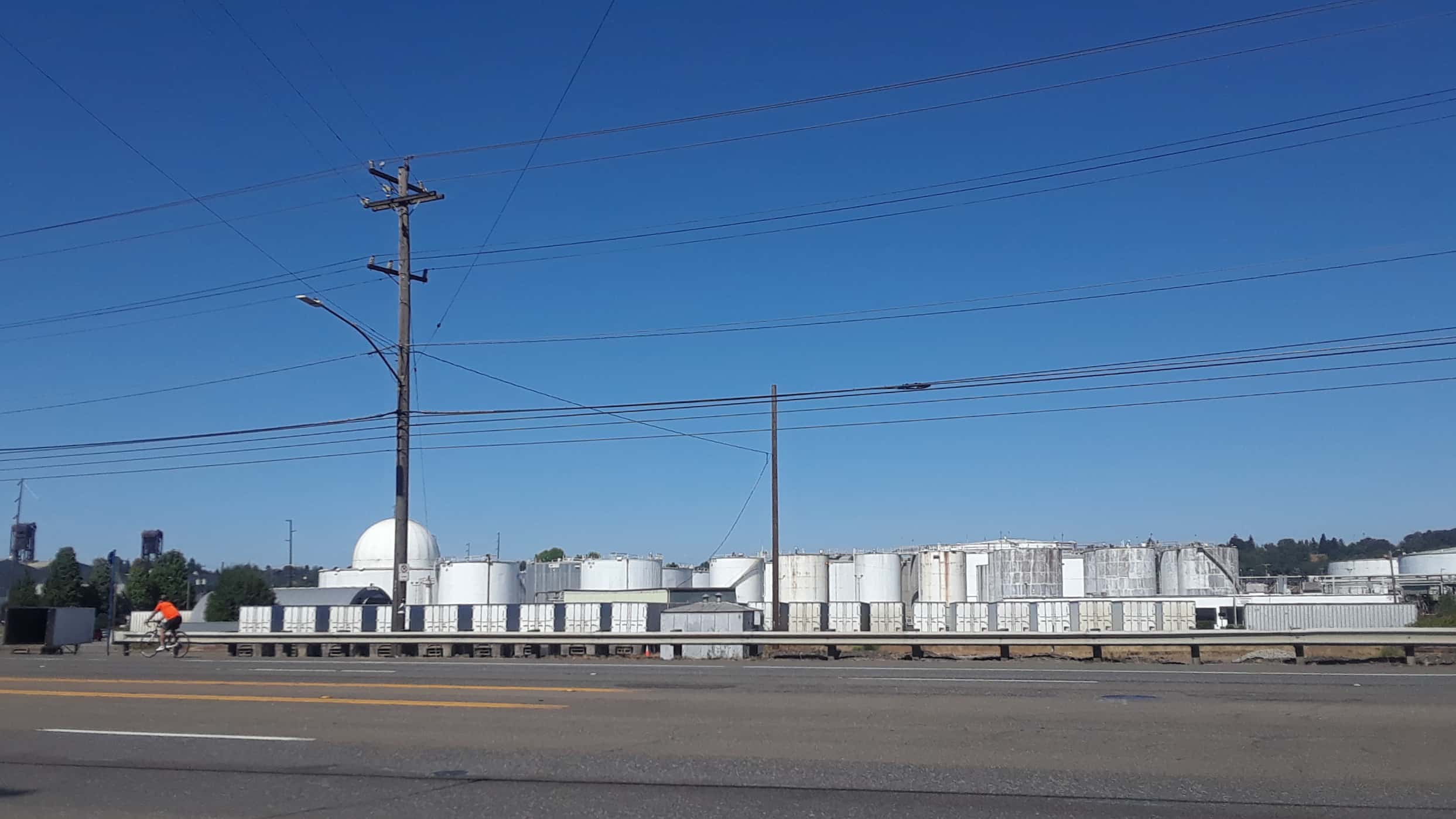In 2020, Multnomah County Office of Sustainability and the City of Portland Bureau of Emergency Management commissioned a study of the Critical Energy Infrastructure (CEI) Hub in Northwest Portland (https://www.multco.us/sustainability/cei-hub-seismic-risk-analysis)
The CEI Hub (AKA “the tank farm” or “the heavy industrial zone”) was built before the region’s earthquake risk was fully understood. The Hub (https://srpntn.com/2019/10/21/cei-hub-google-earth-flyover/) sits on unstable soil subject to liquefaction and lateral spreading in an earthquake. Because the CEI Hub is so close to the Willamette River and is sited within the City of Portland, the risk of an accident, spill, or major infrastructure failure is of particular concern, as the region’s earthquake’s risks are now well-known and well-documented. It is not a matter of if but when an earthquake will happen; the probability of a major seismic event in the next 50 years is estimated to be 26%.
The major conclusions from the study are:
1. A Cascadia Subduction Zone earthquake would result in total potential releases from the materials stored in tanks at the CEI Hub of from 94.6 million to 193.7 million gallons of fuels. This is equivalent to the size of the oil spill at the offshore BP oil rig, the Deepwater Horizon in the Gulf of Mexico.
2. The average tank was built in 1954, based on the year-built data that was available. This is well before modern seismic standards had been established.
3. The financial costs of the damage could be up to $2.6 billion and based on prior spills in similar disasters, total costs and damages would likely be many times more.
4. Oil releases from the tanks to the river would spread downstream all the way to the mouth of the Columbia River and the Pacific Ocean, creating an ecological nightmare.
In 2022 legislation (SB 1567) was passed requiring energy terminal companies in the Hub to submit comprehensive seismic vulnerability assessments and risk mitigation plans to the Department of Environmental Quality by June 1, 2024. It’s a first step but is it really adequate to address the safety issues of the Hub in a timely manner?
To know more about the risk in Oregon, watch “Unprepared: An Oregon Field Guide Special” (https://www.opb.org/television/programs/oregon-field-guide/article/more-about-unprepared/). The video covers science and preparedness for both earthquake and tsunami hazards. The CEI Hub is discussed for 5 minutes beginning about 12:45. The material is still relevant for the Hub, although it didn’t address the environmental spill impacts or policy issues that emerged in 2019; this study does address environmental spill impacts.
[The photo shows the rusty fuel tanks in the CEI Hub from Highway 30, which runs on the Hub’s western edge.]

